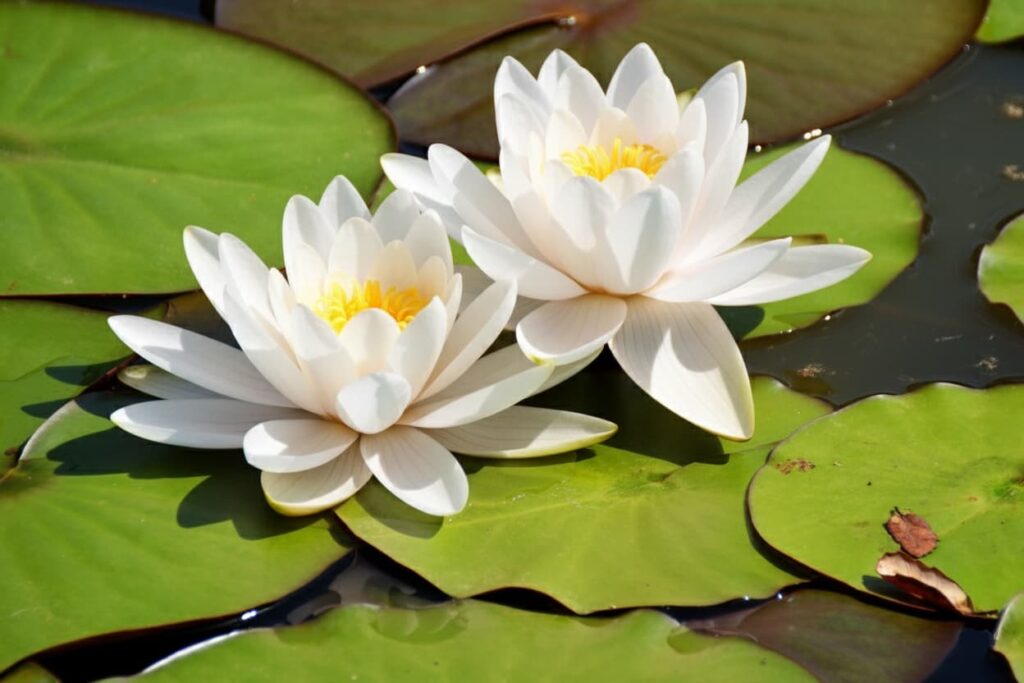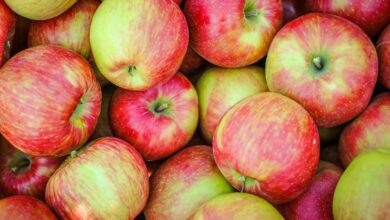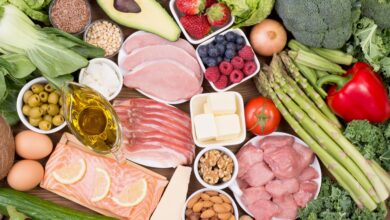Lotus and Dried Lotus Seeds Nutrient Chart
Nutritional values per 100g Lotus Flower are:
| Nutrient | Amount Per 100g |
|---|---|
| Calories | |
| Protein | |
| Total Fat | |
| Total Carbohydrate | |
| Dietary Fiber | |
| Vitamin C | |
| Potassium | |
| Phosphorus | |
| Iron | |
| Copper |
Nutritional values per 100g Dried Lotus Seeds are:
| Nutrient | Amount Per 100g |
|---|---|
| Calories | |
| Protein | |
| Total Fat | |
| Total Carbohydrate | |
| Potassium | |
| Phosphorus | |
| Magnesium | |
| Manganese | |
| Calcium | |
| Iron |
The lotus plant thrives in aquatic environments. People in many nations consume the lotus plant as a key food source. The whole plant is useful but the root and seeds are more widely used.

Edible Parts of Lotus
Root
The lotus root grows horizontally beneath the mud. It looks like a long, segmented chain of connected cylinders. The root is cleaned thoroughly before cooking. The root has a very mild sweet flavor.
Lotus Seeds
Lotus seeds develop within the flower head. The seeds are small, round, and slightly elongated and can be consumed either fresh or dried. Fresh seeds are sweet and have a pleasant, somewhat rubbery chew. Dried seeds become very hard and are often boiled or roasted to soften them.
Vitamins
Vitamin C
The lotus root is particularly rich in Vitamin C. It acts as an antioxidant and also aids in the body’s iron absorption.
Vitamin B
The root also provides several B-complex vitamins. These include niacin, pyridoxine (Vitamin B6), and folate. B vitamins are crucial because they help the body convert food into usable energy.
Specifically, Vitamin B6 is necessary for maintaining brain health, while folate is vital for producing new cells throughout the body.
Fiber
Fiber is a standout nutrient in the lotus that adds significant bulk to the stool. This process helps food efficiently move through the digestive tract. It prevents and relieves constipation. Fiber also plays a role in controlling blood sugar.



